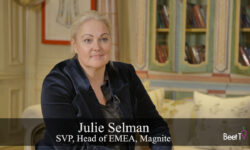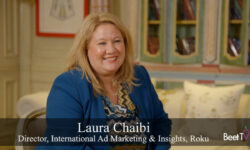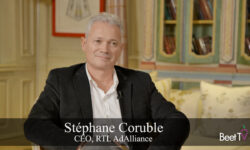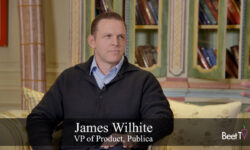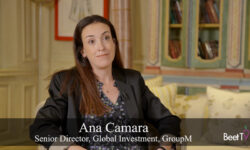LONDON, UK — In the last few years, we have seen media industry consolidation on the publisher side, as media owners grapple with digital transformation.
But consolidation is also happening within ad-tech vendor relationships, as buyers reduce the number of partners they work with.
In this fireside chat Beet.TV, Sean Buckley, Chief Revenue Officer, Magnite, explains why business concerns and sustainability goals are driving exchange consolidation, while, on the other hand, there is a thirst for more diverse demand.
Partner Reduction
“Buyers are looking to go deeper with a much smaller set of partners,” Buckley says.
Buckley says sellers are also starting to work with fewer exchanges, with some narrowing from 15 exchange partnerships to a number in the single digits.
Reasons include long-term financial viability and sustainability concerns.
“There are companies who are essentially scoring media owners around their carbon footprint. Buyers are paying attention or starting to pay attention to those scores,” he adds.
Adapting to the Connected TV Ecosystem
Buckley also discussed the place of Supply-Side Platforms (SSPs) in the connected TV ecosystem.
He suggests that larger DSPs are looking for alternative paths into inventory, seeking integrations with platforms that have the technical capability to support these new routes.
Buckley is confident about Magnite’s position in this regard: “We announced support for OpenPath by the Trade Desk and Backstage by Yahoo through SpringServe, our ad serving platform, providing media owners with that option and a path to accomplishing what I’m describing here.”
The Rise of Alternative Ad Formats
Buckley sees the landscape evolving beyond traditional 15 and 30-second spots, moving into emerging areas like the home screen experience.
He shared research that indicated the home screen of a smart TV or streaming app heavily influences what content consumers watch next. “We’ve gotten involved in bringing enterprise-grade technology to a lot of the constituents who have that home screen experience, like the smart TV OEMs, companies like VIZIO,” he says.
Media and entertainment advertisers are the most enthusiastic early buyers of home screen ad formats – understandable, given that a clear opportunity is to promote content.
However, Buckley acknowledges that there is still work to be done in terms of these new formats.
“There needs to be a lot of work still, which we’re really trying to help move forward around standardization,” he says.
You’re watching “Looking Ahead: TV in Europe 2025,” a Beet.TV Leadership Summit, presented by Magnite & Publica. For more videos from this series, please visit this page.







